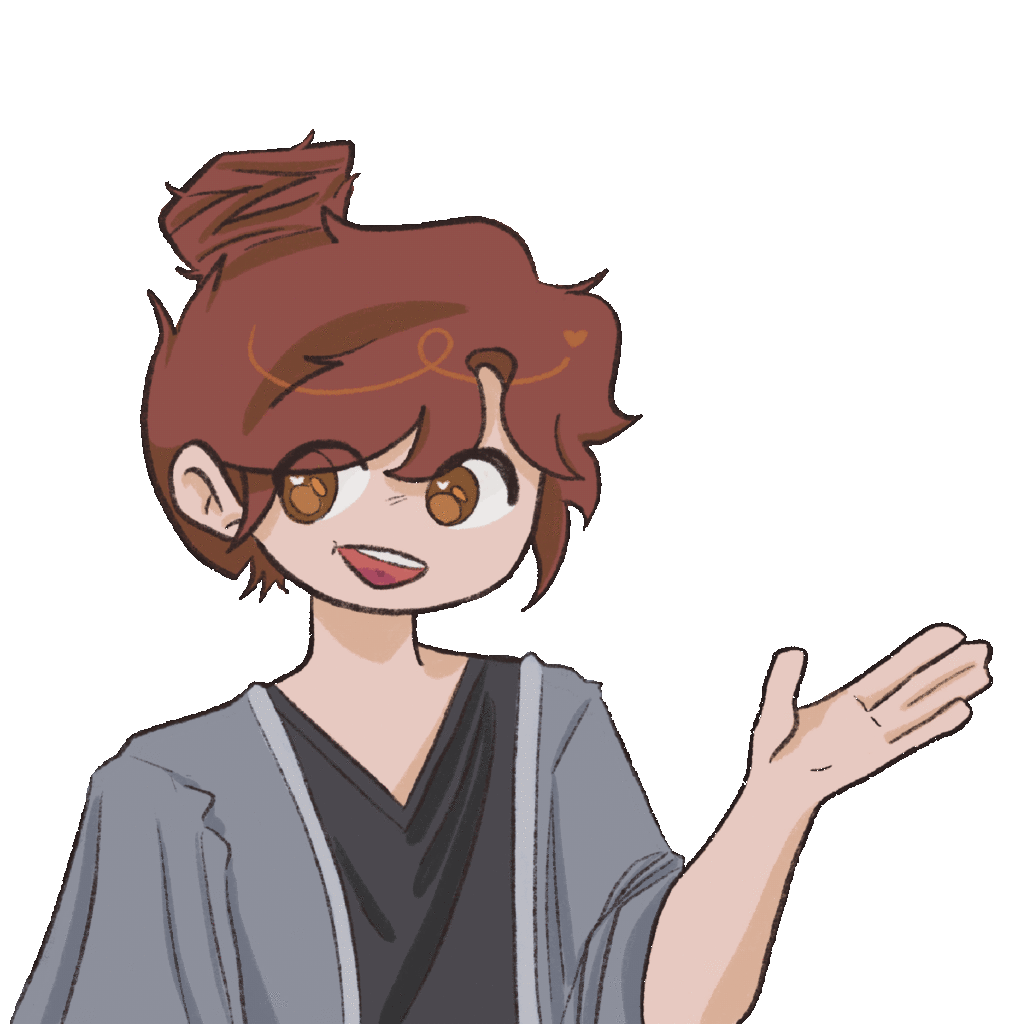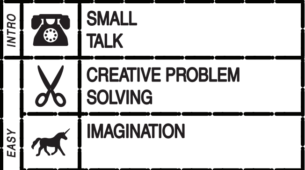A Dark Room is likely the most quiet and impactful narrative experience I’ve ever encountered. I played the original web version, which was first developed by Doublespeak Game. Later adapted for iOS by Amir Rajan, it’s now available across browsers, mobile devices, and consoles. These are platforms fully capable of delivering rich and colorful visuals, spatial navigation, and cinematic storytelling. But A Dark Room actually leans away from that, making an intentional choice to constrain the experience. The interface is stark and grayscale, with only subtle animations and minimal sound. There are no images, no cutscenes, no visual representations of the world you’re exploring. Yet, the worldbuilding is still done incredibly deeply, with an embedded narrative that lasts through multiple playthroughs. The game appeals to players drawn to minimalist aesthetics, gradually unfolding stories, and deceptively simple resource management. It begins as a basic clicker where the player lights a fire, collects wood, and builds a hut. However, as the game progresses, the mechanics evolve and the player slowly uncovers a dangerous post-apocalyptic world, as well as the role of the user’s character in it.
In short, A Dark Room invites players to care about its world through a combination of minimalism and mechanical progression, gradually revealing the embedded narrative through implications embedded in the world. By keeping this narrative hidden and asking the player to build the world one decision at a time, it creates a deep emotional investment through mystery and complicity.

The slow introduction of mechanics is critical to how the game garners player investment. Early gameplay loops are tight and self-contained: light the fire, gather wood, maintain warmth. But the verbs accumulate over time. Traps are introduced. A stranger appears and helps expand your capabilities. You construct a hut, then more huts, and soon a population of villagers begins to arrive. What starts as a solitary experience gradually becomes managerial. You are now assigning workers to roles such as woodcutters, trappers, tanners, and builders.Wood is now gathered passively. Meat is cured by others. These additions, which may seem insignificant, are actually world-defining. Each new option represents a shift in the protagonist’s capabilities, and by extension, the player’s compliance in the game’s system.

As the player progresses through the game, the interface expands, but remains text-driven. The aesthetic restraint keeps focus on the underlying systems. The player becomes accustomed to viewing the world not as a physical space, but as a sequence of mechanical affordances. The world takes shape as a set of values, costs, and consequences, guiding the player to interpret the world in an abstract way. The player creates weapons, not because the game demands it, but because the system nudges the player towards it. The village industrializes. Slowly but surely, the villagers, once named by their needs, become interchangeable labor units in an abstract economy. Their deaths are reported in passing, their lives limited to rates of resource production.

The villagers help gather resources, seemingly a positive outcome. They arrive, are housed and fed, and can help the player character with resources. But, there’s something very intentional with this game design. Each new villager is automatically assigned as a gatherer. They are given jobs, and can never stop working. There is no option to leave anyone idle. This is a design decision that shapes how the player see the people in your care.
By removing the possibility of voluntary idleness, the game subtly pressures the player to think like a manager, not a caretaker. Over time, this shifts the player’s moral frame. The villagers, initially framed as refugees in need of protection, are steadily become increasingly viewed as throughput in a production chain. This dehumanization happens gradually and without commentary. This is an epitome of the game’s narrative design: it never tells the player that what they’re are doing is wrong. It doesn’t moralize any actions. The game simply proceeds, step by step, until the realization of what’s happening arrives. This continues on when the map is unlocked.

Unlocking the map shifts the game from management to expansion. What was once a static room becomes a world filled with ruins, towns, and unmarked dangers. Exploration is not navigated visually, but still through an abstracted interface of symbolic ASCII characters on a grid. Every encounter is described in a single line, still keeping the player distant from what’s really happening. But just like the system of utilizing the villagers, the map system gradually reveals how the player’s growth comes at the cost of others. The towns conquered are stripped bare, the residents are killed, and the houses looted.
This is why A Dark Room creates such a strong emotional response. It never forces the player to care. It only gradually gets the player to fully participate in building a world, and let them realize what they built. The result is a game that lingers. Its story is not written in dialogue but in decisions. It earns emotional impact not by telling players what to feel, but by asking them to look at what they’ve done, as they piece together an understanding of the world through the minimal interface.
~~~



